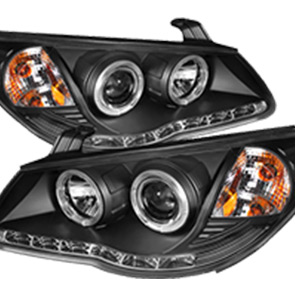Understanding Throttle Control Cables for Improved Vehicle Performance and Responsiveness
Understanding Throttle Control Cables
Throttle control cables play a crucial role in many mechanical systems, particularly in vehicles and machinery. They serve as the link between the accelerator pedal and the engine, regulating the amount of air and fuel mixture that enters the engine for combustion. This control is essential for maintaining engine performance, ensuring that the vehicle operates efficiently and safely.
The basic function of a throttle control cable is straightforward. When the driver presses the accelerator pedal, the cable moves along with it, pulling a lever connected to the throttle body. This action opens the throttle, allowing more air to flow into the engine, which is matched by an increase in fuel supply. The result is an increase in engine power and speed. Conversely, releasing the pedal causes the throttle cable to retract, closing the throttle and reducing power.
Over time, however, throttle control cables can experience wear and tear. Factors such as exposure to extreme temperatures, humidity, dirt, and oil can affect their performance. A frayed or damaged cable can lead to various issues, including unresponsive acceleration or, in some cases, the throttle sticking open, which can be dangerous. Regular inspection and maintenance of the throttle cable are essential to ensure it functions well.
throttle control cable

Maintenance of the throttle control cable involves checking for signs of wear, fraying, or any obstructions that may hinder its movement. Lubrication is also crucial to prevent rust and ensure smooth operation. In most cases, if a cable is found to be damaged, it should be replaced promptly to avoid further mechanical issues.
Upgrading to high-performance throttle control cables can also be beneficial, especially for enthusiasts looking to enhance their vehicle's response and performance. These upgraded cables are often made from materials that provide greater durability and strength, improving throttle response and reducing the risk of failure during intense driving situations.
In modern vehicles, electronic throttle control systems are becoming more common. Instead of using a traditional cable, these systems employ sensors and motors to control the throttle position. While this technology can offer improved efficiency and precision, some drivers still prefer the tactile feedback and reliability of mechanical throttle cables.
In summary, throttle control cables are vital components in many engines, directly influencing how well a vehicle performs. Regular maintenance and timely replacement are the keys to ensuring they continue to function effectively. Whether you are a casual driver or a serious automotive enthusiast, understanding the importance of throttle control cables can help you maintain your vehicle's performance and safety on the road. Always remember that a well-maintained throttle cable contributes significantly to the overall driving experience.
-
Workings of Clutch Pipe and Hose SystemsNewsJun.04,2025
-
The Inner Workings of Hand Brake Cable SystemsNewsJun.04,2025
-
The Secrets of Throttle and Accelerator CablesNewsJun.04,2025
-
The Hidden Lifeline of Your Transmission Gear Shift CablesNewsJun.04,2025
-
Demystifying Gear Cables and Shift LinkagesNewsJun.04,2025
-
Decoding Clutch Line Systems A Comprehensive GuideNewsJun.04,2025
